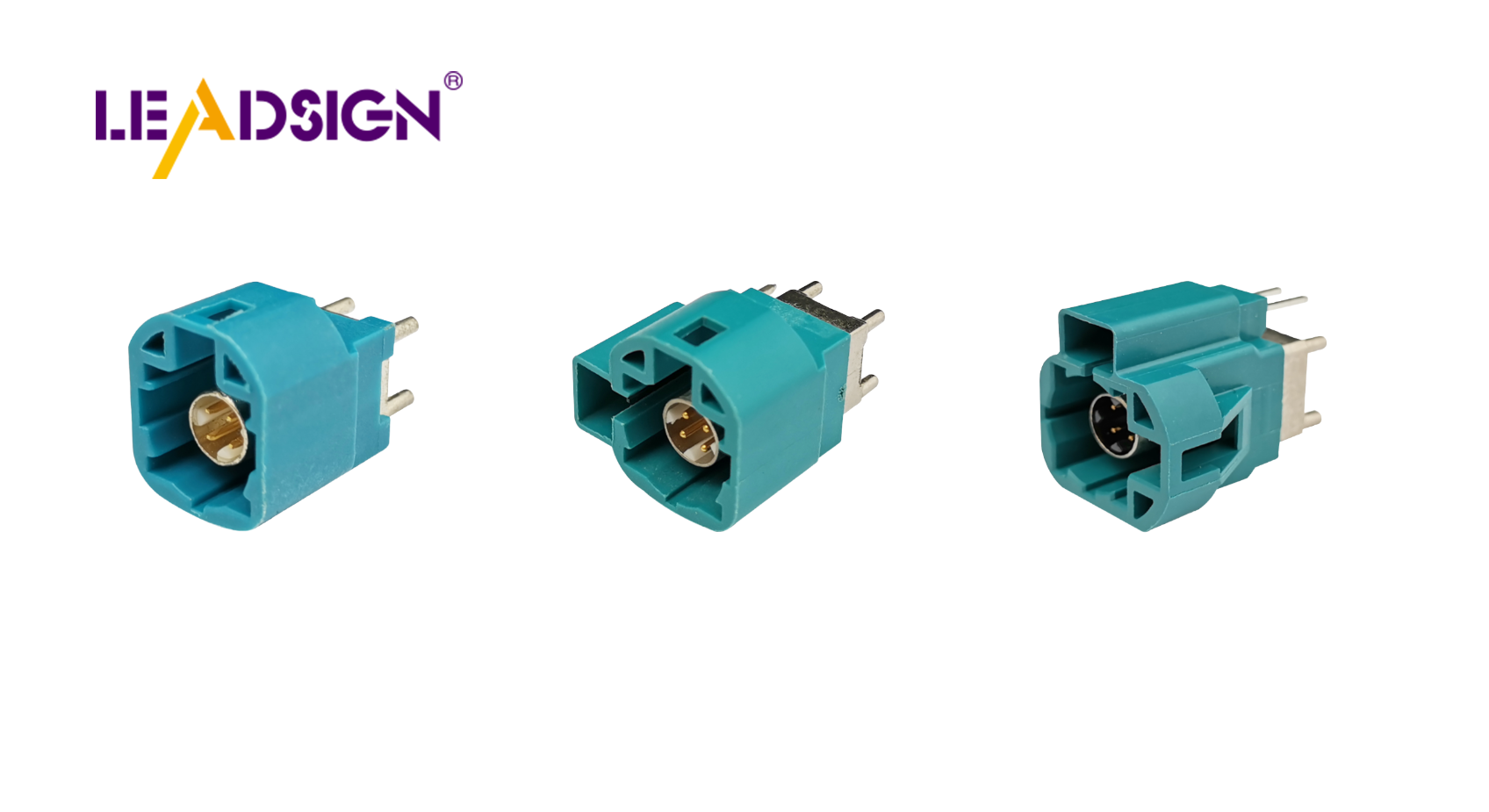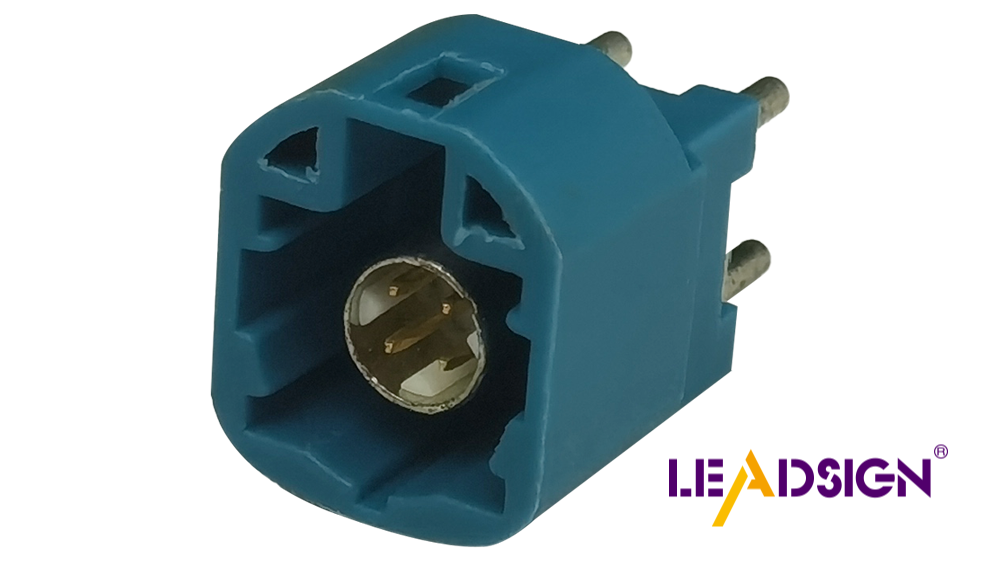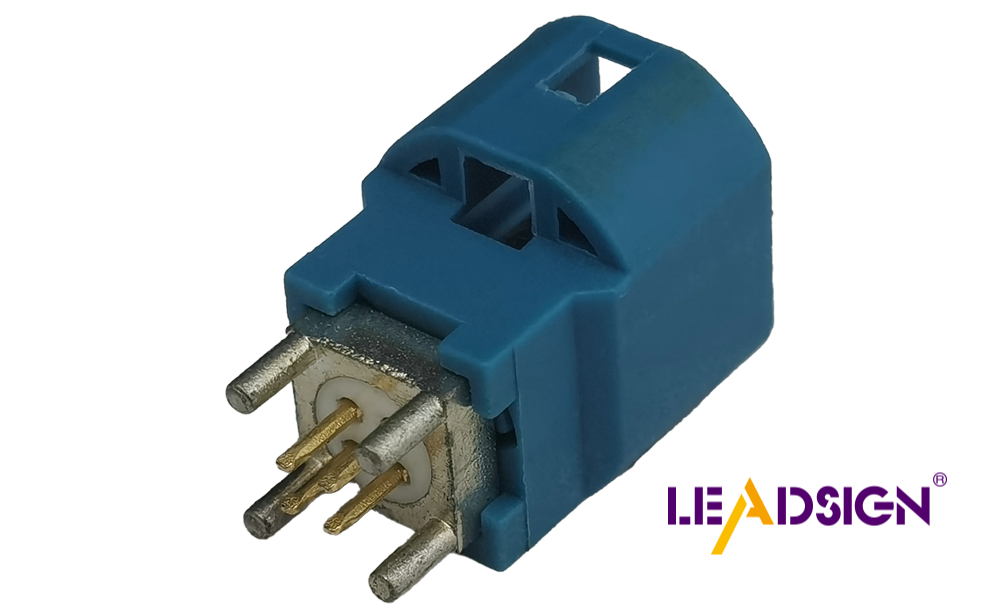Different Types of HSD Connectors and Their Uses in Automotive Systems

HSD connectors, including the car connector plug, are important parts of today’s cars. They help send data quickly, which is needed for modern car systems. These connectors power screens, help with driving features, and control electric car batteries. They make sure everything works smoothly. As more cars use tech like ADAS and smart systems, HSD connectors are in high demand. In 2023, their market was worth $2 billion and is growing fast. As cars get smarter, picking the right connector, such as the car connector plug, is very important for good performance.
Key Takeaways
HSD connectors are important for cars. They help send data quickly for systems like GPS and ADAS.
Picking the right HSD connector means thinking about data type, weather conditions, and if it fits your car's design.
Buying good HSD connectors makes sure they work well and last long. This helps avoid expensive fixes later.
What Are HSD Connectors and Their Key Features?
Definition and Purpose of HSD Connectors
HSD connectors, or High-Speed Data connectors, are special car parts. They help send data quickly and reliably in vehicles. Systems like GPS, infotainment, and telematics need them to work well. These connectors can send data at speeds up to 10Gbps. They connect cameras, sensors, and control units for real-time features. This makes them important for smart displays and self-driving cars.
Key Features and Benefits of HSD Connectors
HSD connectors are strong and work very well. They are built to handle tough car conditions like heat and shaking. Here’s why they are special:
They send data fast, which is needed for modern cars.
They have locks to keep connections secure and tight.
They hold cables firmly, so they don’t come loose.
You can choose shielded or unshielded wires for different needs.
These connectors also stop wrong connections with coded plastic parts. Whether for GPS or infotainment, they are reliable and long-lasting.
Why HSD Connectors Are Essential for Automotive Systems
Modern cars need fast and accurate data sharing to work. HSD connectors make this possible by linking cameras, sensors, and controls. They allow features like ADAS and live navigation to function. Unlike older connectors, HSD ones handle more data for smooth system communication. Without them, tech like V2X communication wouldn’t work well.
If you’re looking for connectors for cars, HSD ones are the best choice. They are not just connectors; they are key to today’s car technology.
Different Types of HSD Connectors

Cars use different connectors for specific tasks. Let’s look at the types and how they work.
Single-Pair vs. Multi-Pair HSD Connectors
Single-pair HSD connectors send data between two points. They are simple and great for cameras or sensors. Multi-pair HSD connectors send multiple data streams at once. These work well for infotainment or advanced driving systems. Choose based on how much data your system needs.
Shielded vs. Unshielded HSD Connectors
Shielded HSD connectors block signal interference. Use them for systems like GPS or telematics. Unshielded ones are lighter and cheaper. They are fine where interference isn’t a problem. Pick the type that fits your system’s needs.
Connector Variants Based on Application
Different HSD connectors fit different uses. Coaxial ones handle high-frequency signals. Differential ones reduce noise. USB and Ethernet connectors work in infotainment systems. Other types include crimp, bullet, spade, and butt connectors. Each has a specific job, so learn about them to choose wisely.
Tip: Learn about connectors like deutsch or metri-pack. They are reliable and often used in cars.
Applications of HSD Connectors in Automotive Systems

Infotainment Systems
HSD connectors help your car's infotainment system work well. They send data quickly for touchscreens, GPS, and music systems. For example, the Fakra HSD connector keeps data moving fast and steady. This means you can enjoy entertainment without delays. These connectors are strong and handle heat and shaking easily. Their toughness keeps your system running smoothly.
If you're checking wire connector types for infotainment, HSD connectors are great. They work with USB and Ethernet, making them ideal for modern cars. Whether you're using GPS or streaming music, these connectors keep everything working perfectly.
Advanced Driver-Assistance Systems (ADAS)
ADAS needs fast and safe data sharing, and HSD connectors do this well. They replace old methods, sending data faster for safety tools like lane assist. Many cars use about 15 HSD connectors to link cameras and sensors. This setup allows real-time communication, which ADAS needs to work right.
Self-driving tech also depends on these connectors. They handle large amounts of data from many sensors instantly. If you're looking at wire connector types for ADAS, HSD connectors are the best for speed and dependability.
Telematics and Vehicle-to-Everything (V2X) Communication
Telematics and V2X systems need strong communication, and HSD connectors make it happen. They send data up to 8Gbit/s, keeping information flowing between sensors and cameras. Their tough design, with seals and locks, protects them from water and damage.
These connectors also block interference, keeping signals clear in noisy areas. If you're comparing weather pack connectors or other types, HSD connectors stand out. They handle complex telematics and V2X tasks with ease.
Tip: For telematics or ADAS, check out deutsch or metri-pack connectors. They are trusted for car systems.
How to Pick the Best HSD Connector
Choosing the right HSD connector for your car can be simple. Focus on a few important things to get reliable connections.
Matching with Car Systems
Not all connectors work the same way. Make sure yours fits your car’s needs. Here’s what to check:
Data Type: Systems like GPS or ADAS need specific speeds and signals.
Tough Conditions: The connector must handle heat, water, and shaking.
Size and Shape: It should fit your car’s design perfectly.
Trusted Brands: Choose well-known brands for good quality.
Testing: Pick connectors tested for strength and performance.
These tips help avoid problems and keep your car running smoothly.
Strong and Weatherproof
Car parts face tough conditions every day. That’s why strong connectors are important. HSD connectors have seals and locks to stay secure. They work well in heat, water, and constant movement. Their strong design makes them last long and work reliably in cars.
Fast Data Sharing and Standards
Cars need fast and safe data sharing to work well. HSD connectors send data up to 10Gbps, perfect for systems like ADAS. They keep data safe and accurate for important tasks. Whether using crimp connectors or others, pick ones that meet high standards.
Tip: Choose connectors that handle high speeds and tough conditions. This keeps your car systems working well and reliably.
HSD connectors are important for today’s car systems. They help share data quickly for features like ADAS and infotainment. Picking the right connector keeps your car working well. Choose ones that fit your car and handle heat and shaking.
The future of connectors is exciting with smaller sizes and 5G tech. As cars get smarter, good connectors will stay important. Don’t pick cheap ones—they can break and cause expensive fixes. Focus on strong and compatible connectors to keep your car running its best.
FAQ
How is an HSD connector special compared to others?
HSD connectors send data faster than regular ones. They block interference and work well in tough conditions. This makes them great for modern car systems.
Can one connector work for all car systems?
No, different systems need different connectors. For example, USB connectors are used in infotainment systems. ADAS needs shielded connectors for fast and safe data sharing.
How can you pick the right connector for your car?
Check what your car system needs. Look for connectors that are strong, fast, and compatible. Always pick connectors made for cars to ensure they work well.
See Also
Exploring HSD Connectors' Benefits in Automotive Applications
Understanding HSD Connectors Within Automotive Technology
Why HSD Connectors Matter in Automotive Engineering
Key Advantages of HSD Connectors for Today's Vehicles
HSD Connectors: Enhancing Infotainment in Automotive Systems

